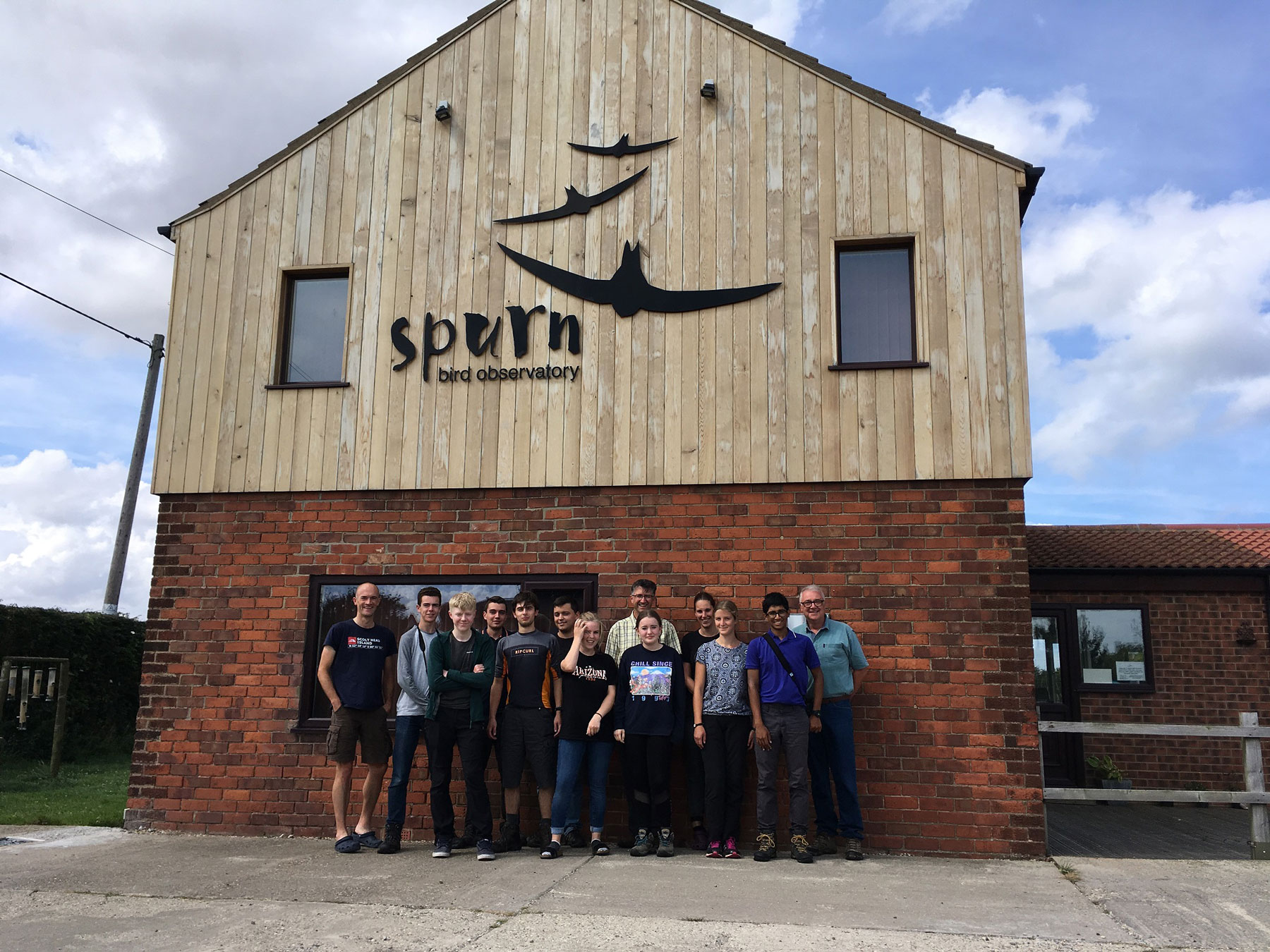
Gen Z and the BTO
Amy Hall discusses how BTO can better engage young people and provide opportunities for the next generation of ornithologists.
Amy Hall
Wildlife Exposed YouTube Channel
Relates to projects
There is currently a huge focus, both in conservation and the wider society, on youth engagement. We are witnessing a time of mass youth protests as the younger generation recognises the need for drastic climate action, but do the opportunities offered to young people by organisations, to provide them with professional training and experience, reflect the demand for it? I personally don’t think so.

I am writing this piece about how BTO goes about youth engagement. It’s an organization which, I am sure all reading will agree, is fantastic in the work it does: providing reliable data about our wild bird populations and informing conservation practises. I myself am a huge fan of BTO, having attended their BTO Bird Camp in 2016 and 2017 and, more recently, the Young Conservation Leaders course held at Spurn Bird Observatory.
A large proportion of the birding skills I have gained that have led me to where I am today are thanks to BTO. However, I was 16 at the time of my first experience with them. For the 16 years prior, I had only had very limited access to opportunities to learn more about conservation and what is needed to start that career, despite always having an interest and zeal to learn more.
The only exception to this was a club I was in from age 12 at Rutland Water, called ‘Wild Skills’, which was also a great opportunity for gaining skills in conservation and networking. Unfortunately this club is no longer running, though I was lucky to have had this opportunity so close to where I lived. This is a luxury I know not many in my position at that age had, or have.
Birding for every age
Something amazingly unique about people who have pursued a career in conservation is that, in most cases, they knew that was what they wanted to do since they were very young. When you are a child, there is some element of outdoor play at school and at home, and opportunities such as the Wildlife Trusts’ ‘Wildlife Watch’.
It is still ‘cool’ to be into the great outdoors and nature at this age too; nobody questions fascination or pokes fun at a child with a particularly keen interest. However, although there is no age limit to outdoor learning, it seems that there is a hazy age category where safeguarding seems to become a greater problem.
I would say this seems to be around 12–18 (though I am sure that there will be some opportunities I’m not yet aware of), where mentors and organisations have little to nothing to offer. I am sure that it is in this age gap where we lose a lot of potential ornithologists.
... although there is no age limit to outdoor learning, it seems that there is a hazy age category where safeguarding seems to become a greater problem.
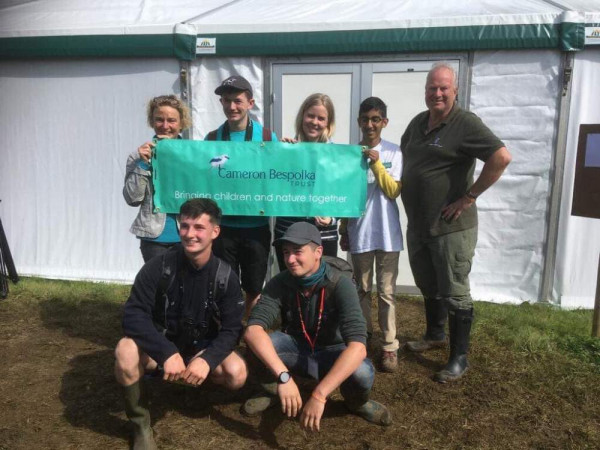
What BTO does really well is general public engagement with their science. Public surveys such as Garden BirdWatch, the Tawny Owl Calling Survey and BirdTrack all have no age restrictions and are pretty much universally accessible to people with some bird knowledge, and access to a computer.
Having said this, it would be interesting to see the percentage spread across the age categories for people taking part in these surveys. It certainly wouldn’t be unfair to say that there would probably be very few below 20, in comparison to the higher age groups. This is no criticism, as with a public survey people are free to engage as and how they would like, and of course the data submitted by people above 25 is extremely valuable.
Is it fair to say that maybe it is that younger people just don’t want to participate? I don’t always take part in public surveys, as somebody engaged with ornithology. The reason for this is not because I don’t want to, but because sometimes there are other things young people would rather be doing with their spare time.
This doesn’t mean that there aren’t young people wanting to get involved with scientific surveys, but it does mean that if the BTO is to engage more young people, they must look at alternative tactics.
... if you are planning to do a public survey, INVITE YOUNG PEOPLE TO JOIN YOU!
Changing the face of birdwatching
For any subject which an organisation wants to raise awareness of, I am a passionate believer in the importance of inclusivity. Historically, and still today, ornithology has been a field dominated by older, white males. This in itself is no issue, but for young people and ethnic minorities, this image sets an unwritten ‘rule’ for who practises ornithology. I am very happy to say that this is a rapidly diversifying field, which must be supported by BTO and all other conservation charities indefinitely to make a lasting change on the perception of birders.
The support which BTO has given me as a young birder developing my career has helped me to engage with other young birders, and again: more importantly young female birders. I hope that BTO has recognised the power of its young ambassadors who are now reaching out into their own communities to empower yet more young people.
Toby Carter’s Young Birder’s Walk at the Bird Fair increases in attendance year on year, Elliott Montieth is working closely with the Cameron Bespolka Trust to deliver opportunities to young people, Kabir Kaul is doing amazing work in London, and Ellie Mwright is storming the horticultural world; there are so many other names that if I were to list them I wouldn’t blame you if you stopped reading!
To continue this support would be incredibly valuable for young people in the ‘bird world’, and to continue bringing new young people up through the ranks is maybe the best way for BTO to ensure a vibrant community of birders and future BTO scientists.
BTO’s future for youth engagement
To conclude this piece, I want to reflect the question back upon the reader; how does the BTO community do in terms of its engagement with young people? Yes, it is easy to rely on change from the top, however, what can BTO members and volunteers do themselves to impact young people within their community?
There’s something I think we could all do: reach out to young people. If you are a bird ringer, invite young people to join you; if you do WeBS counts, invite young people to join you; if you are planning to do a public survey, INVITE YOUNG PEOPLE TO JOIN YOU! Do it in a way that is safe, of course, by engaging parents following safeguarding rules, but most importantly create an environment in which a young person or group of young people can join in and have fun.
Have conversations, be an ambassador for nature; you never know the impact your enthusiasm can have. I try to do this as often as I can, spreading the love for our feathered friends who are just outside in the garden; and the best thing is, it’s free!
Let us know what you think by adding your thoughts to the comments below.

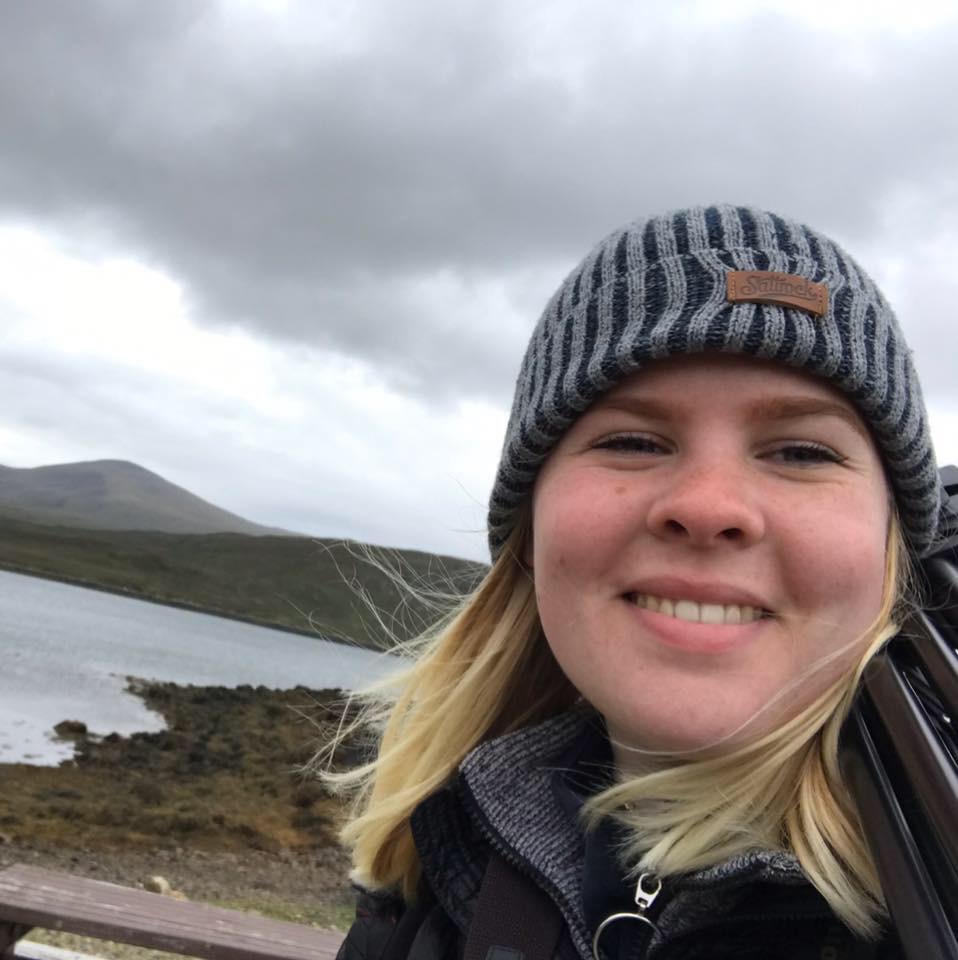

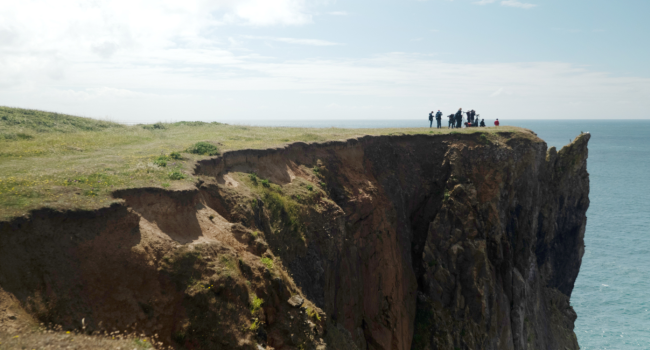



Share this page